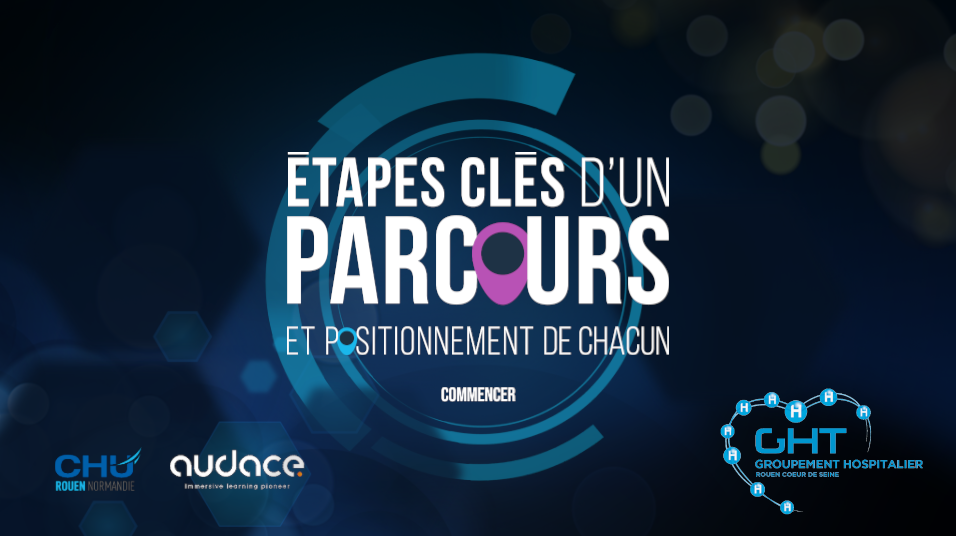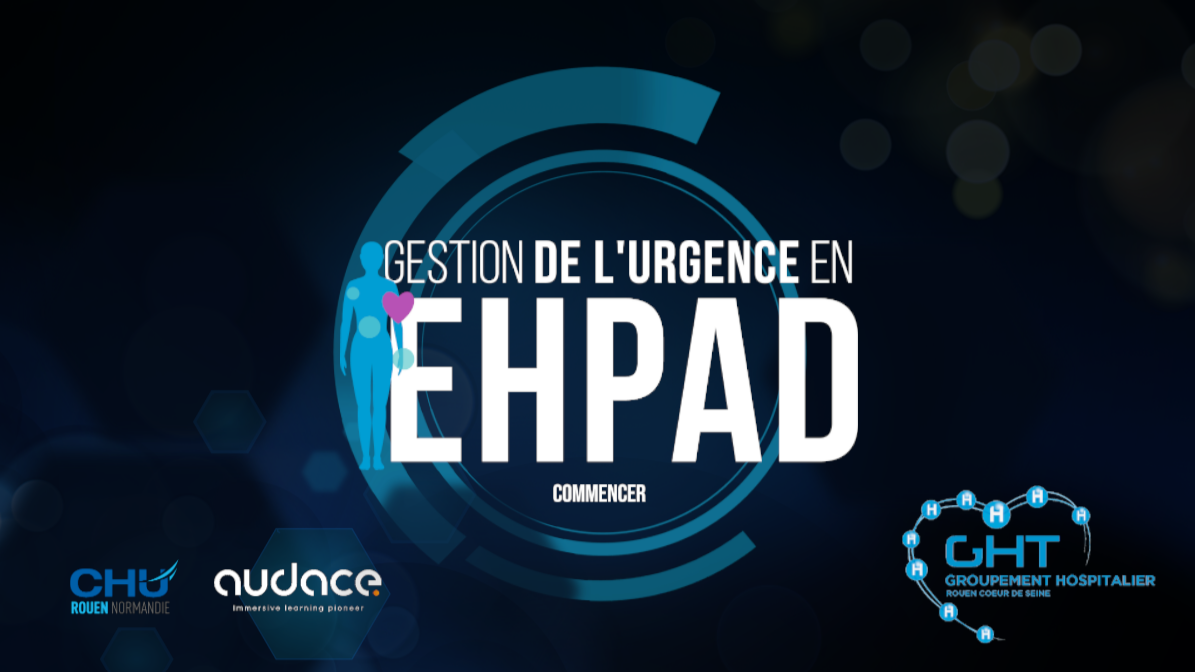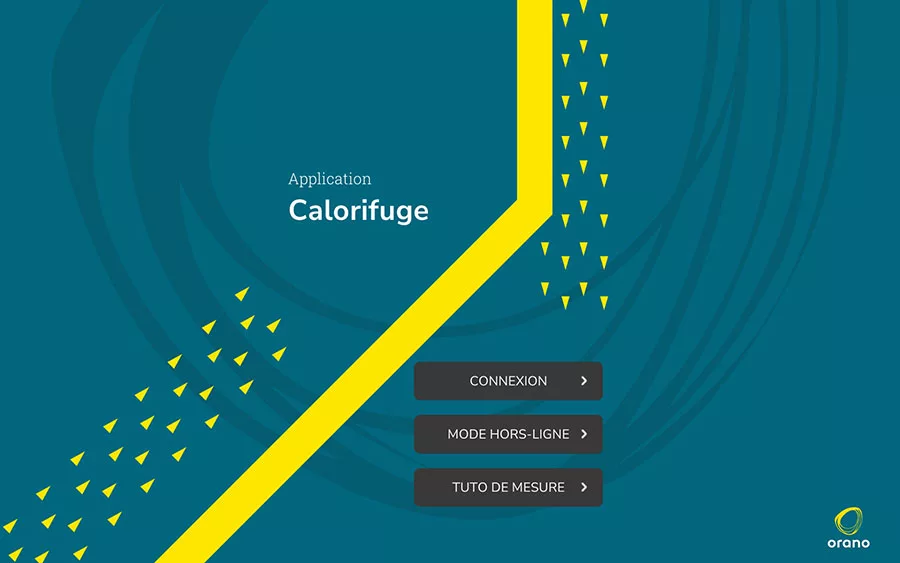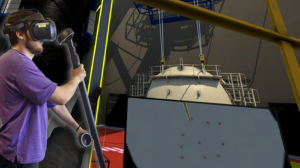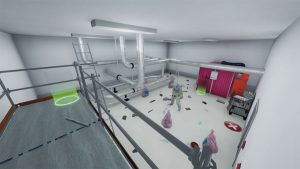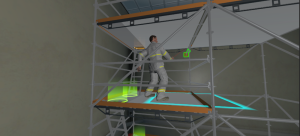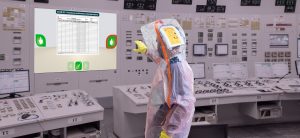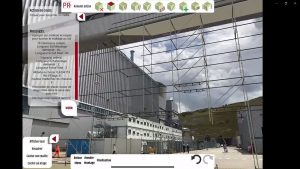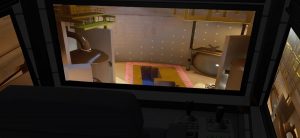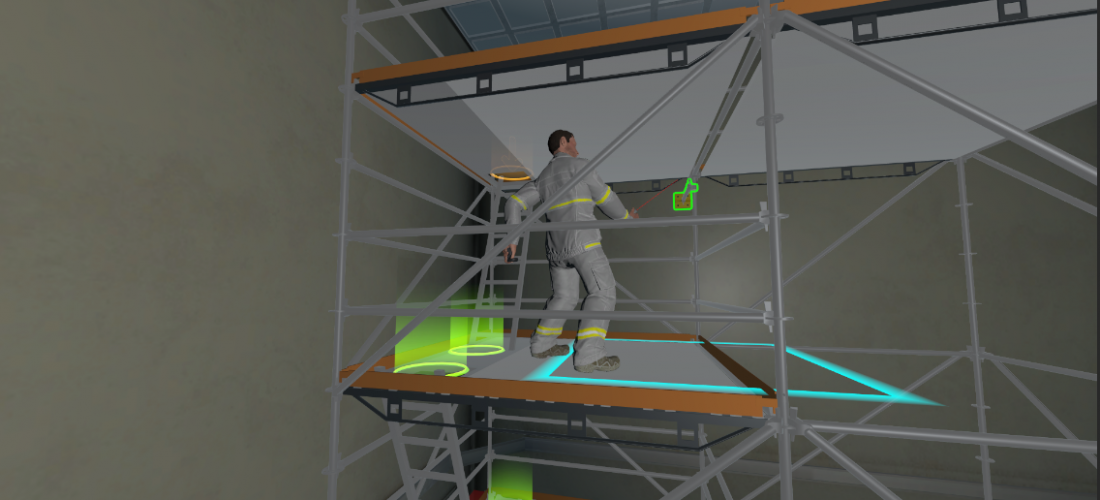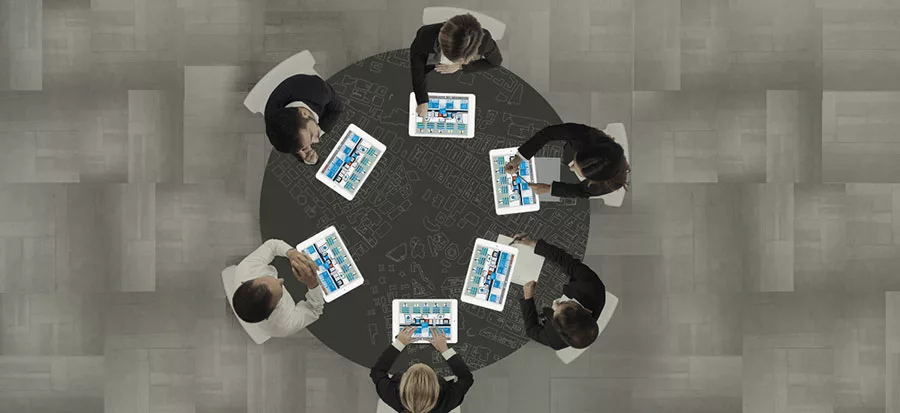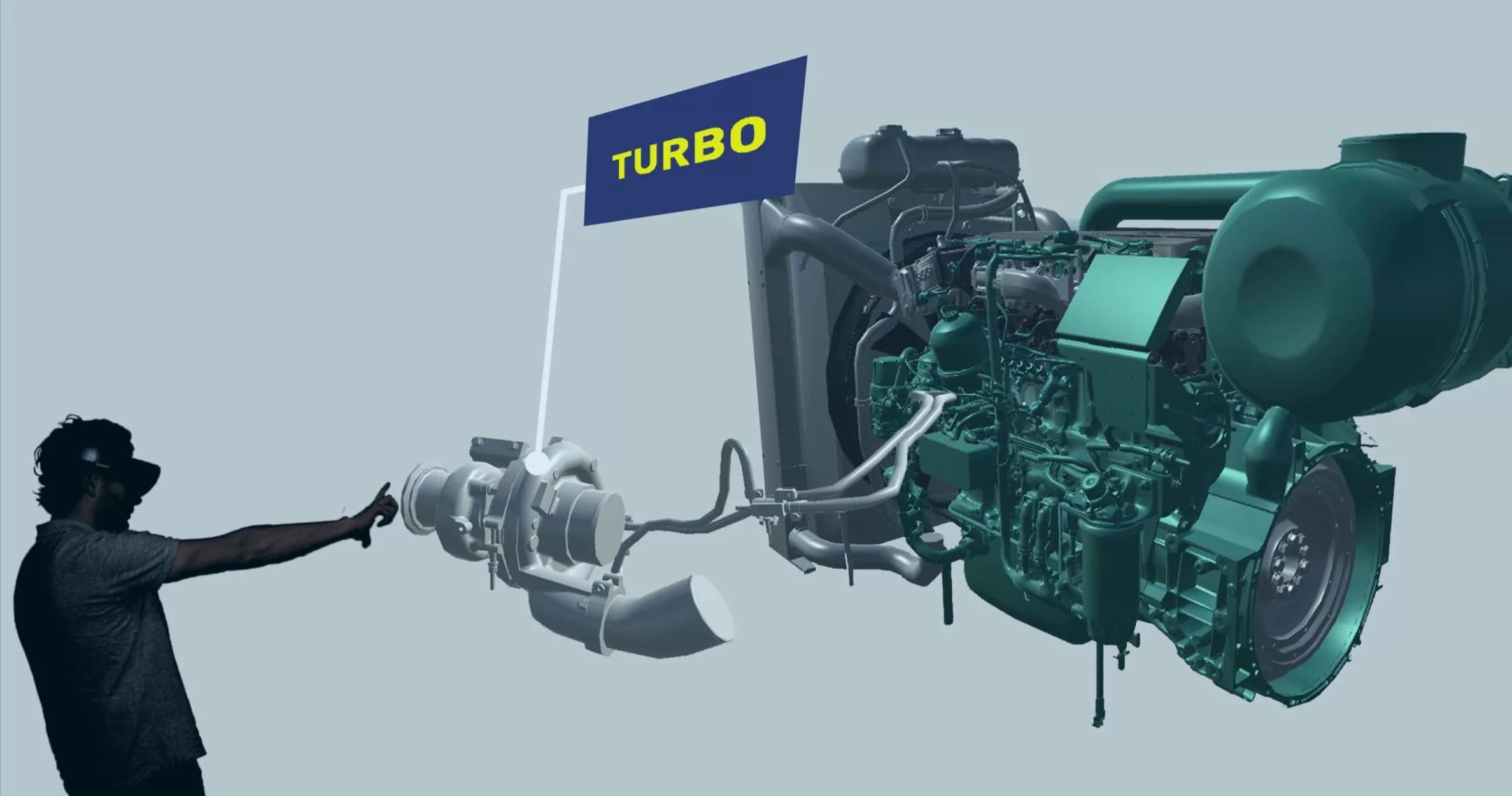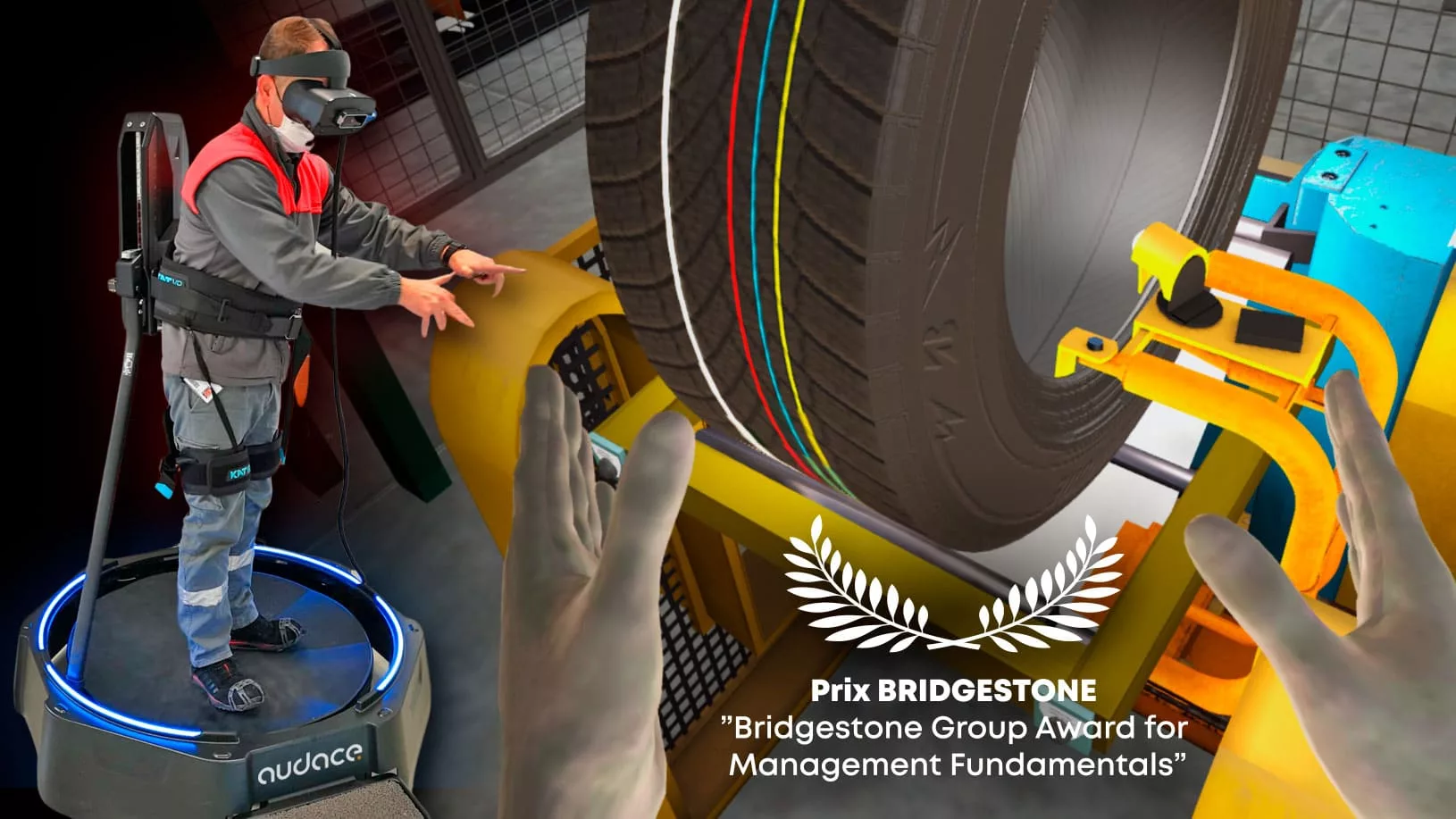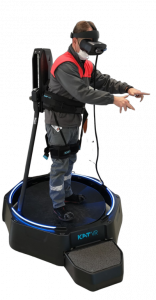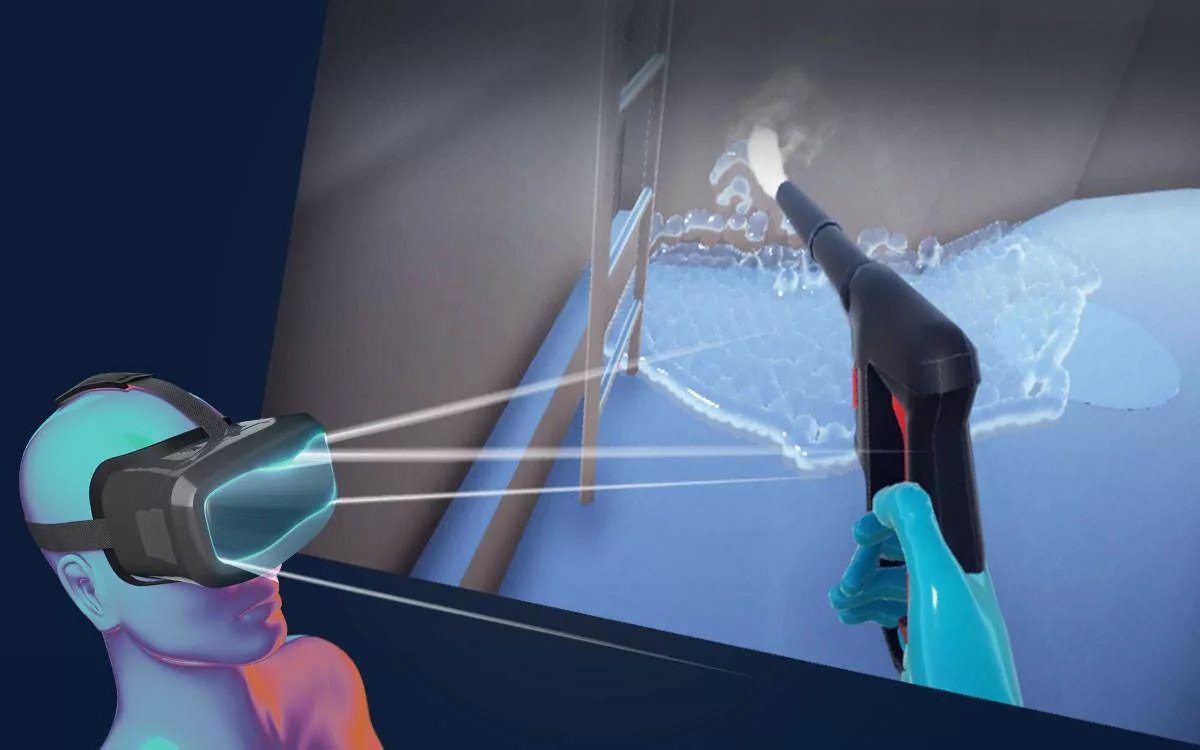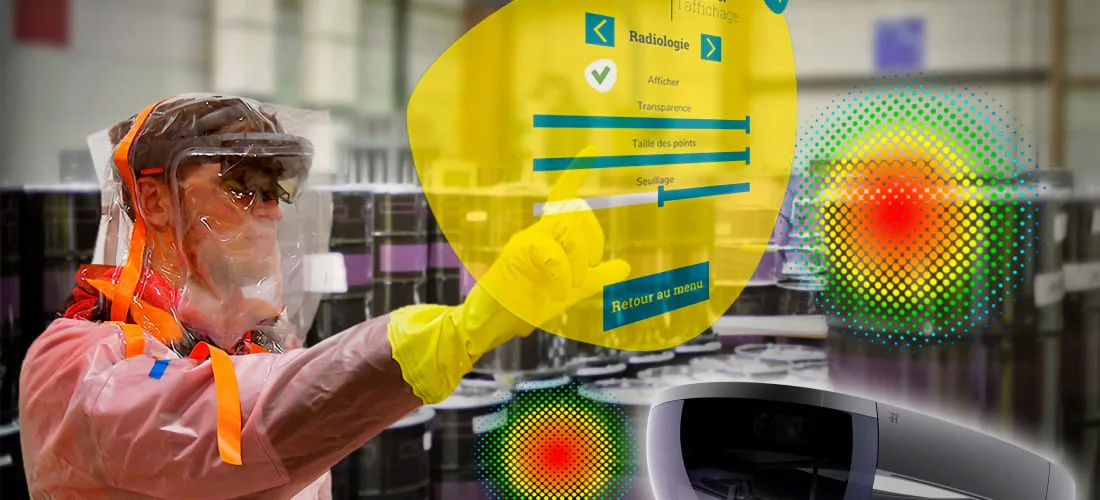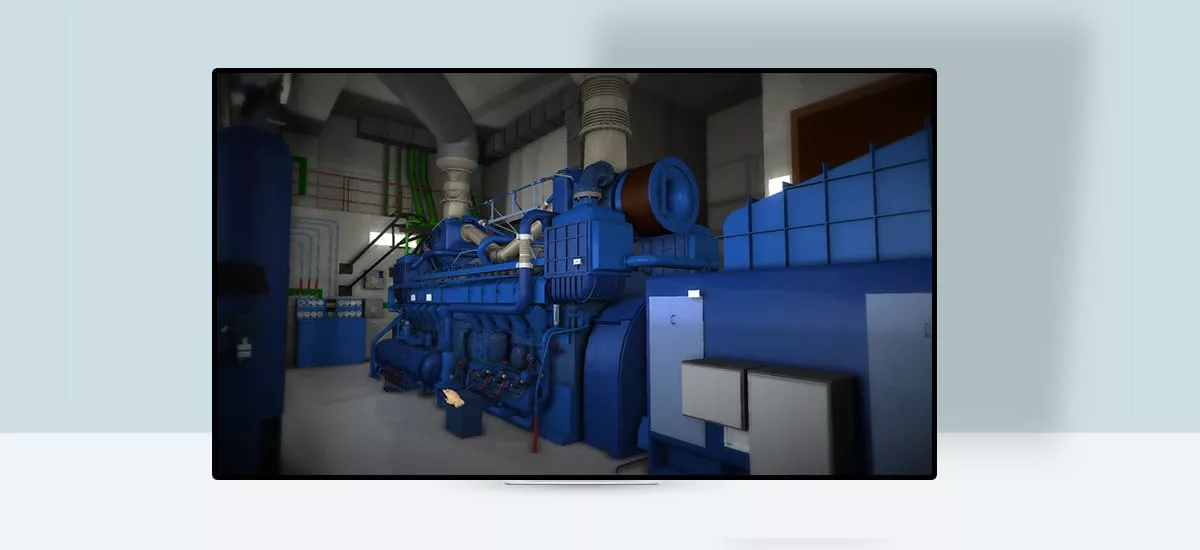The GHT Rouen Cœur de Seine aims to train healthcare professionals in emergency management in nursing homes (EHPAD) and the various care options available in healthcare facilities. The training needs to reflect real-world conditions and consider the specifics of the territory while being as engaging as possible.
To address the specific needs of the GHT Rouen Cœur de Seine, Audace is developing two training modules, each in the form of a serious game. These training modules have been designed for healthcare professionals working within the GHT Rouen Cœur de Seine.
Serious game system
For this module, Audace has broken down the training into three pathways:
- The failure of the caregiver, of those involved in the city and at home,
- The psychiatric journey,
- The link between EHPAD and hospital
Gameplay
Here, the serious game presents itself as a board game. The player advances his pawn and must solve challenges presented on the squares of the board. The first boxes allow him to discover the context. The learner then encounters an event or challenge on the next space that they need to resolve. To help them make the best decisions for their patient, clues are provided in the form of cards representing various actors (doctor, patient’s family, patient, etc.).
Each journey has its own patient, its own situation and a unique scenario.
Example scenario: Mr. and Mrs. Bauldeupa are a childless couple with a relatively high financial situation. Mr. Bauldeupa suffers from a loss of autonomy, diabetes and osteoarthritis. The couple manages alone and only has an IDEL to help them take insulin… But one day, Mme. Bauldeupa has a stroke. The challenge is on! Who to warn? Que faire ? Quelle prise en charge financière pour le couple ?
The player must use the information provided by the cards to make the right decisions!
Pedagogical Objective of the Serious Game
This game aims to develop and enhance the skills of healthcare professionals, such as diagnosis, decision-making, patient communication, and resource management. The scenarios presented emphasize realistic situations, allowing users to apply their theoretical knowledge and improve their understanding of medical protocols.
Strategic Goals of the Digital Training
The strategic value of this game lies in its ability to provide accessible, interactive, and engaging medical training. It helps bridge the gap between theory and practice by offering users a realistic virtual experience where they make decisions, observe the outcomes, and learn from their mistakes, all without putting real lives at risk.
Target
Healthcare professionals of the GHT Rouen Coeur de Seine:
- Care assistants,
- Psychomotor therapists,
- Nursing assistants,
- Nurses,
- Rehabilitation therapists
- Healthcare managers
- …
Pedagogy
The serious game offers two learning modes:
- A “training” mode with unlimited attempts to allow learners to practice and correct their errors,
- An “evaluation” mode to measure the skills acquired. Here, the learner is only allowed one attempt and cannot start again in the event of an error. He obtains a note at the end of the situation played, a note which is transmitted to the trainer.
The training offers learners the opportunity to learn at their own pace and assess their acquired skills. Immersive and interactive, it provides a practical and realistic experience.
